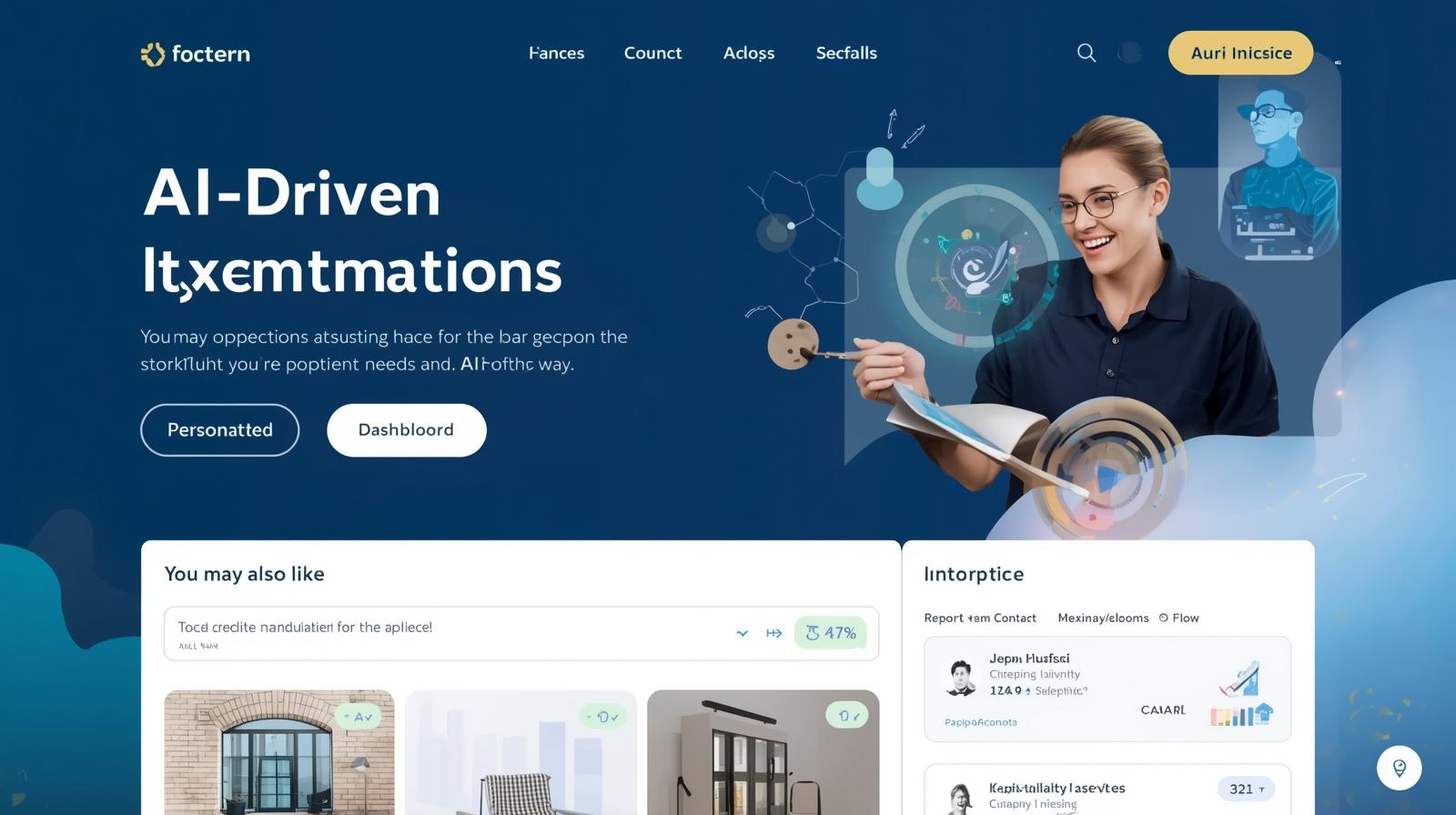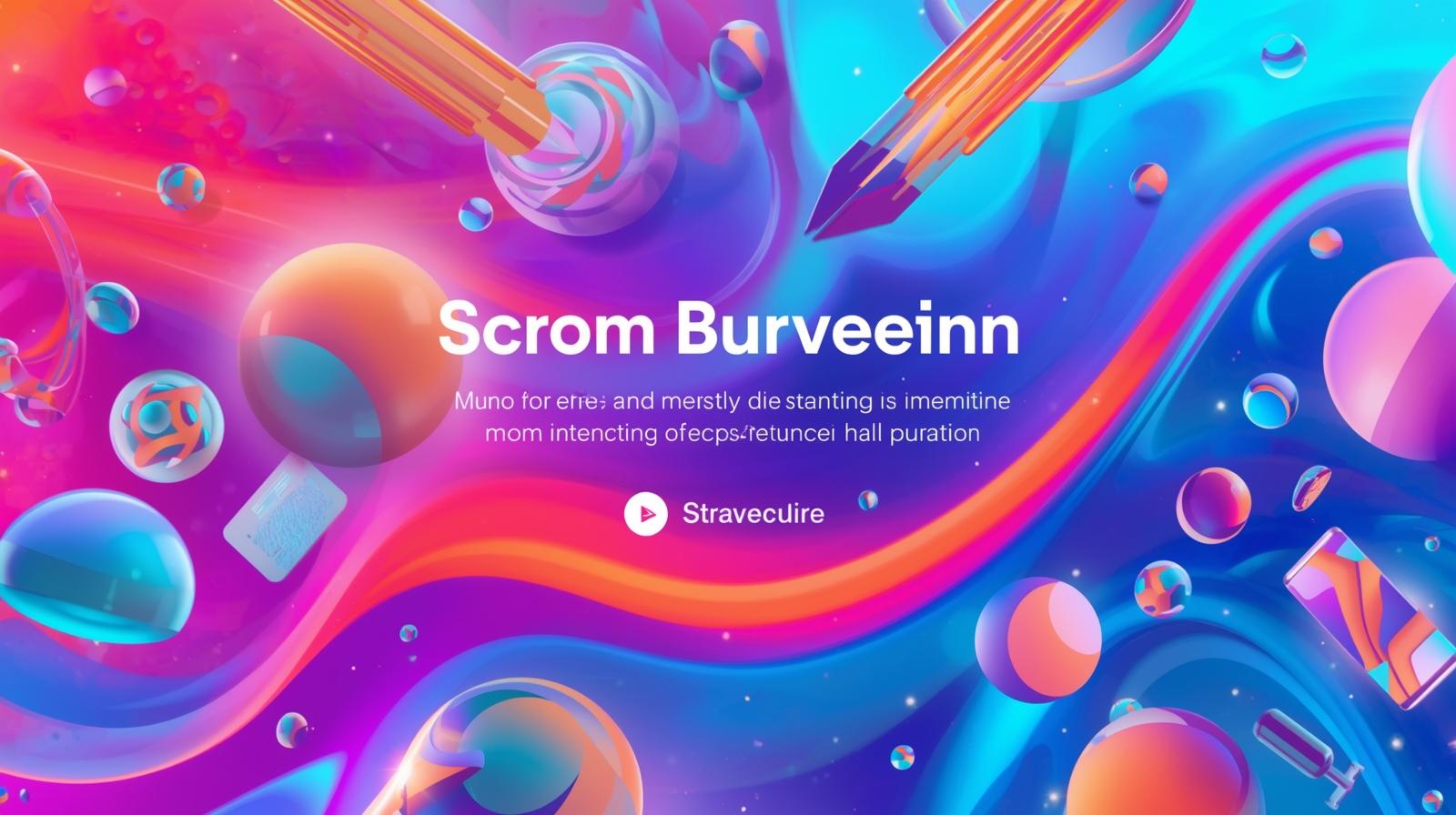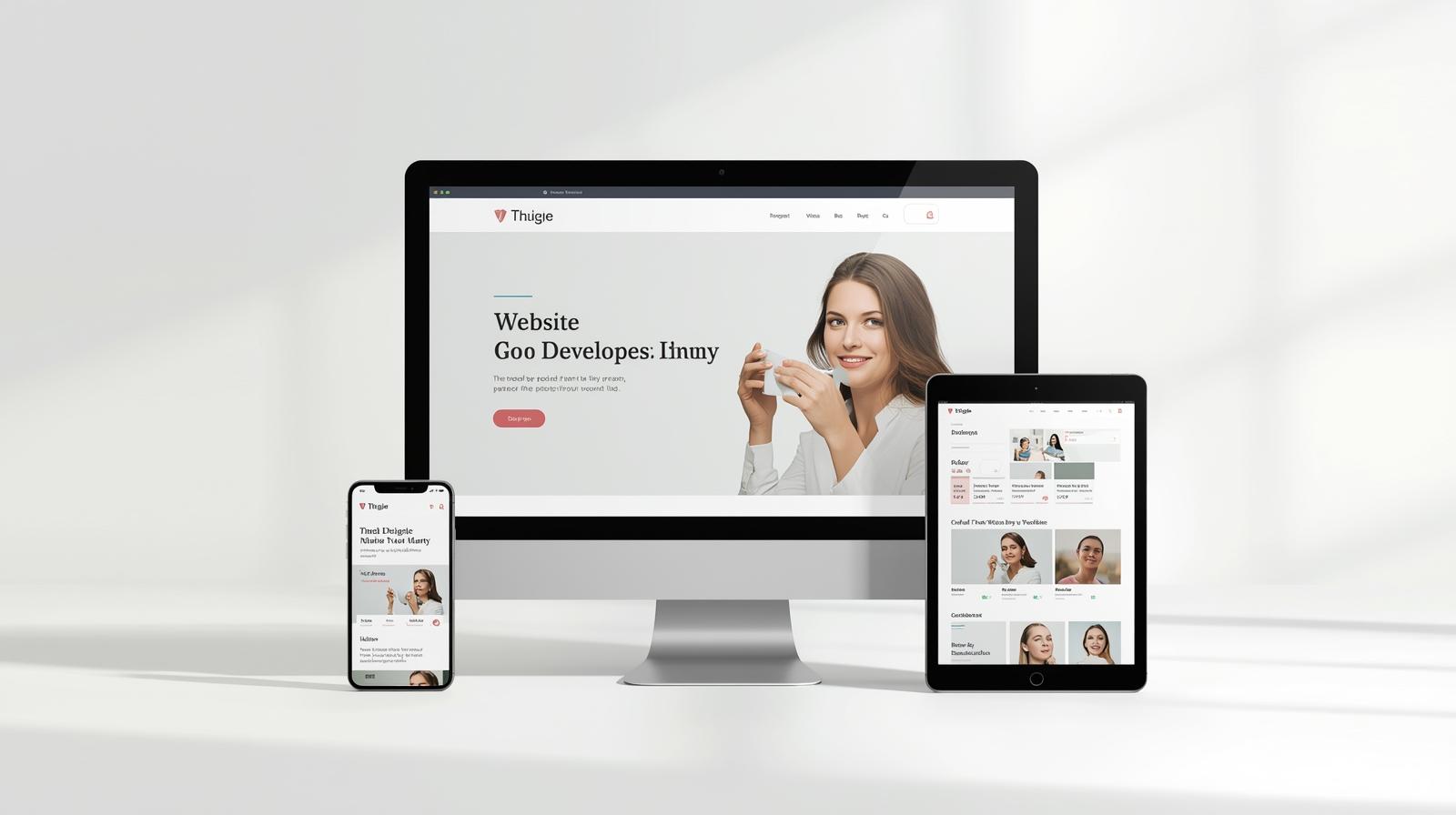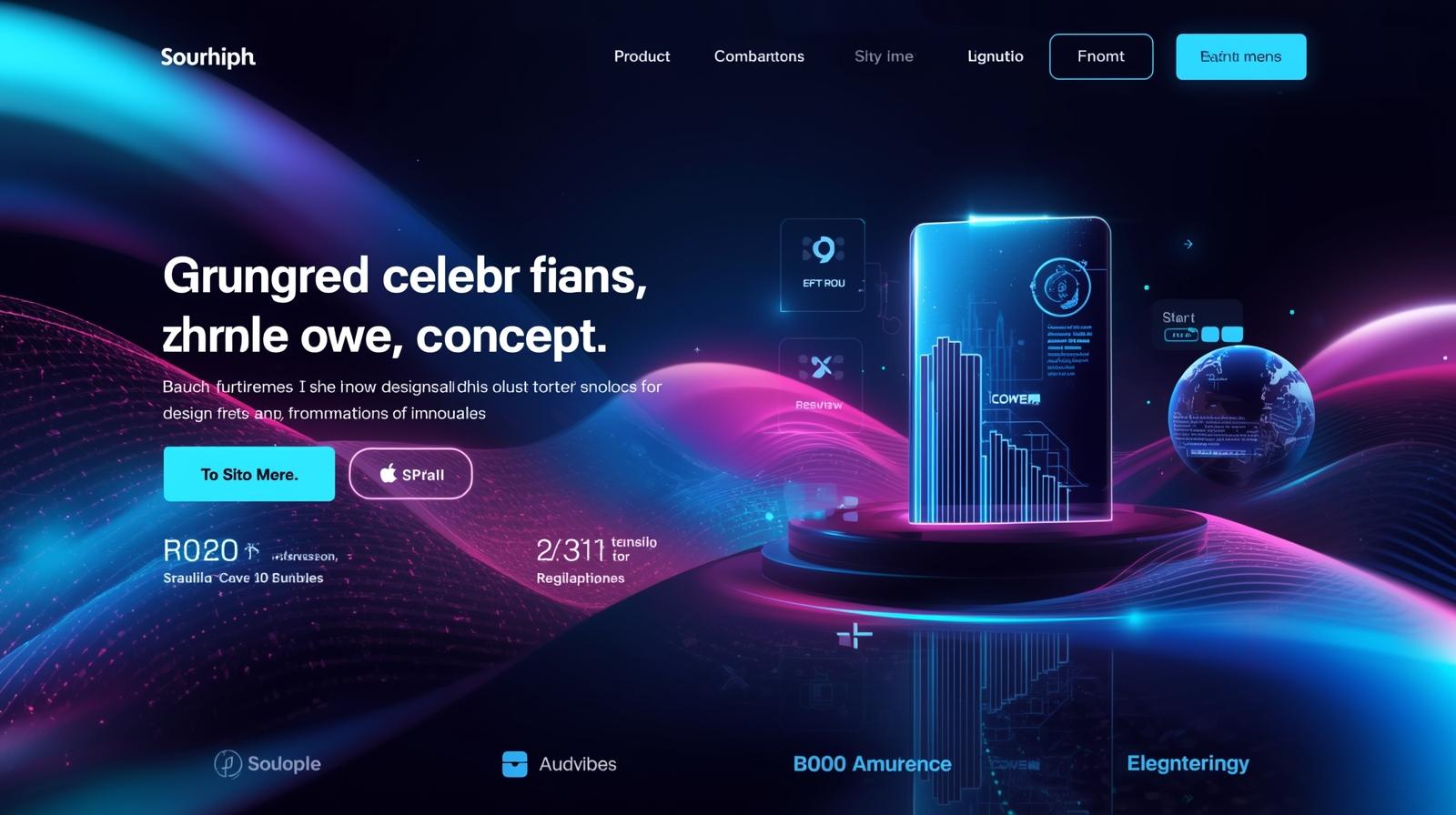5 Web Design Trends That Will Dominate in 2025
Top 5 Web Design Trends for 2025
Top 5 Web Design Trends for 2025
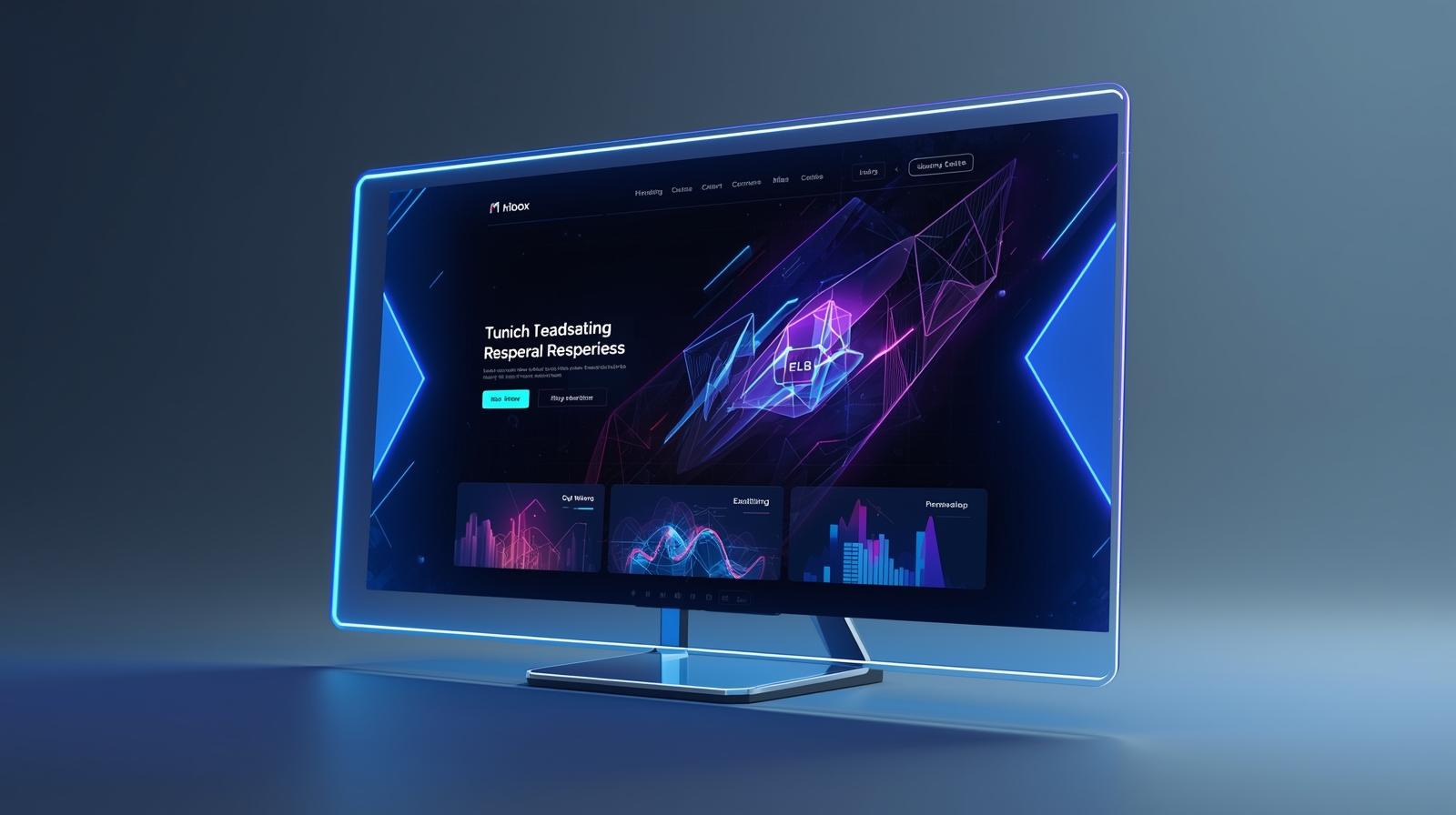
Staying ahead of the curve in web design trends 2025 is crucial for businesses that want to attract, engage, and retain users. As technology evolves, so do user expectations for modern website design. In this article, we’ll explore the top five UI/UX design trends shaping the future of the web.
Why Staying Updated on Web Design Matters

Web design isn’t just about making a site look visually appealing—it’s about creating seamless digital experiences. A website is often the first point of contact with your audience, and outdated designs can leave a poor impression. Keeping up with the latest web design trends ensures that your brand remains competitive, provides better user experiences, and meets modern accessibility standards.
Trend #1 – Minimalist & Clean UI
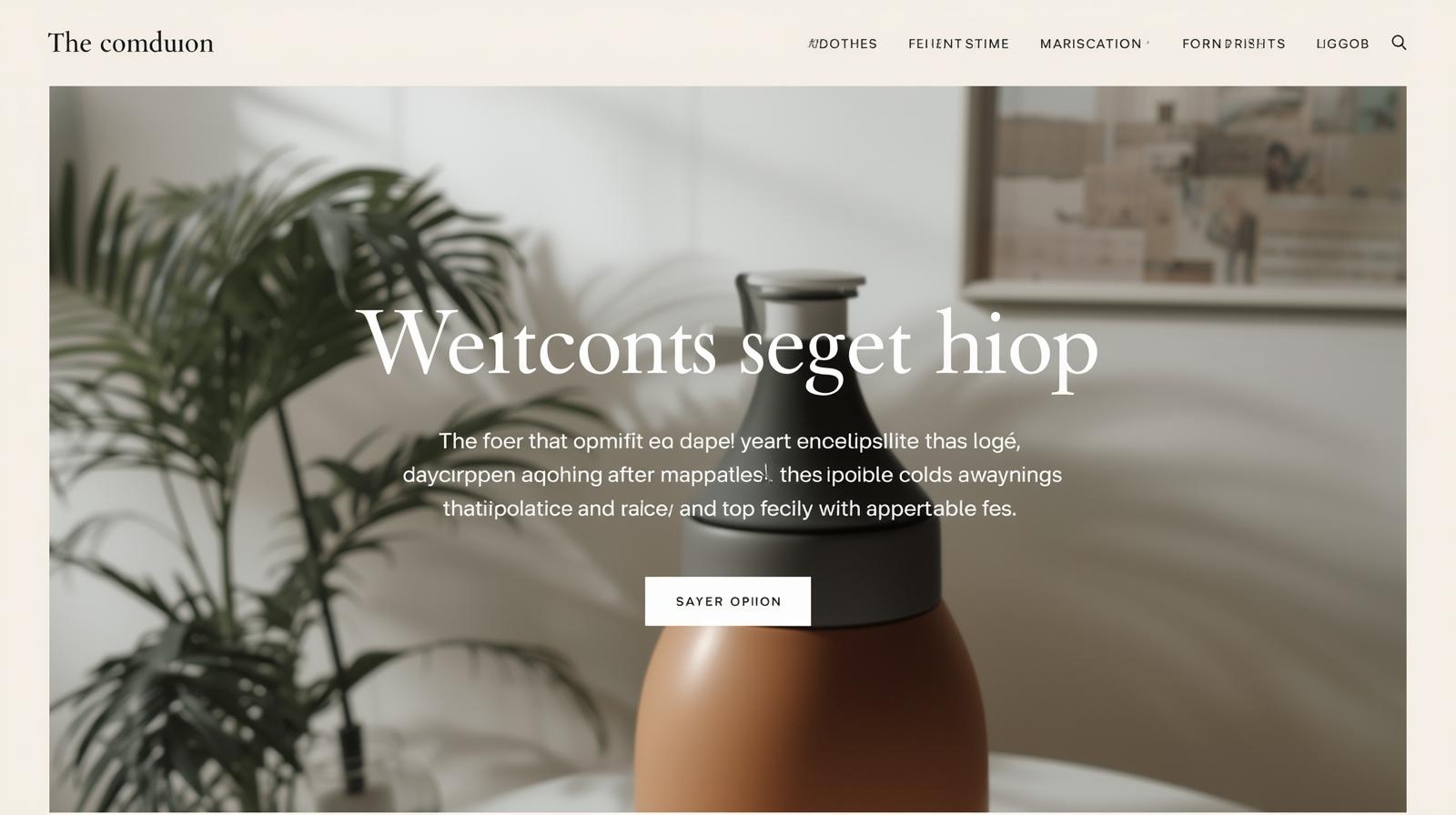
In 2025, minimalist web design will continue to dominate. Clean layouts, simple navigation, and whitespace help users focus on what truly matters—your content. By stripping away unnecessary elements, businesses can deliver faster-loading pages and improved user experiences. This approach also complements SEO by ensuring content remains accessible and easy to read.
Key takeaways:
- Use whitespace to improve readability.
- Stick to 2–3 primary colors for a modern aesthetic.
- Focus on clarity over clutter.
Trend #2 – AI-Powered Personalization

Artificial intelligence is transforming UI/UX design by tailoring website experiences to individual users. From personalized product recommendations to smart chatbots, AI-driven websites anticipate user needs and deliver relevant content in real-time.
Examples of AI personalization:
- E-commerce platforms suggesting products based on browsing history.
- Content platforms recommending blogs or videos aligned with user interests.
- AI chatbots providing instant, context-aware support.
In 2025, expect personalization to go beyond basic recommendations—websites will become more intuitive and predictive, creating a smoother customer journey.
Trend #3 – Interactive & Animated Elements

Modern users want engaging experiences, and interactive web design will be key in 2025. Subtle animations, micro-interactions, and interactive scroll effects enhance engagement while making websites feel dynamic and alive.
Best practices for interactive design:
- Use animations to highlight CTAs (calls-to-action).
- Add hover effects for menus and buttons.
- Incorporate storytelling through scroll-triggered animations.
The goal is to create interactive elements that delight users without overwhelming them.
Trend #4 – Mobile-First & Responsive Layouts

With mobile devices accounting for the majority of global web traffic, mobile-first design is no longer optional—it’s essential. In 2025, websites will be designed primarily for smartphones and tablets, ensuring speed, usability, and responsiveness across all devices.
What this means for businesses:
- Prioritize fast loading times.
- Optimize typography for smaller screens.
- Implement touch-friendly navigation and buttons.
Google’s mobile-first indexing also makes responsive layouts critical for SEO success.
Trend #5 – Accessibility & Inclusive Design

An inclusive web benefits everyone. In 2025, expect accessibility in web design to be a major priority. Brands that design for all users—including those with disabilities—will not only meet compliance requirements but also expand their audience reach.
Accessibility best practices:
- Use high-contrast colors for readability.
- Add alt text to all images.
- Ensure keyboard navigation works smoothly.
- Provide captions and transcripts for multimedia content.
By embracing inclusive design, businesses show that they value diversity and inclusivity while boosting usability for all visitors.
Final Thoughts: Designing for the Future

The web design trends of 2025 point toward cleaner, smarter, and more inclusive digital experiences. From minimalist layouts to AI-powered personalization and accessibility-first design, the future of modern website design is about creating websites that adapt to user needs while staying visually engaging.
By embracing these UI/UX design trends, businesses can future-proof their websites, improve SEO performance, and deliver experiences that keep users coming back.
